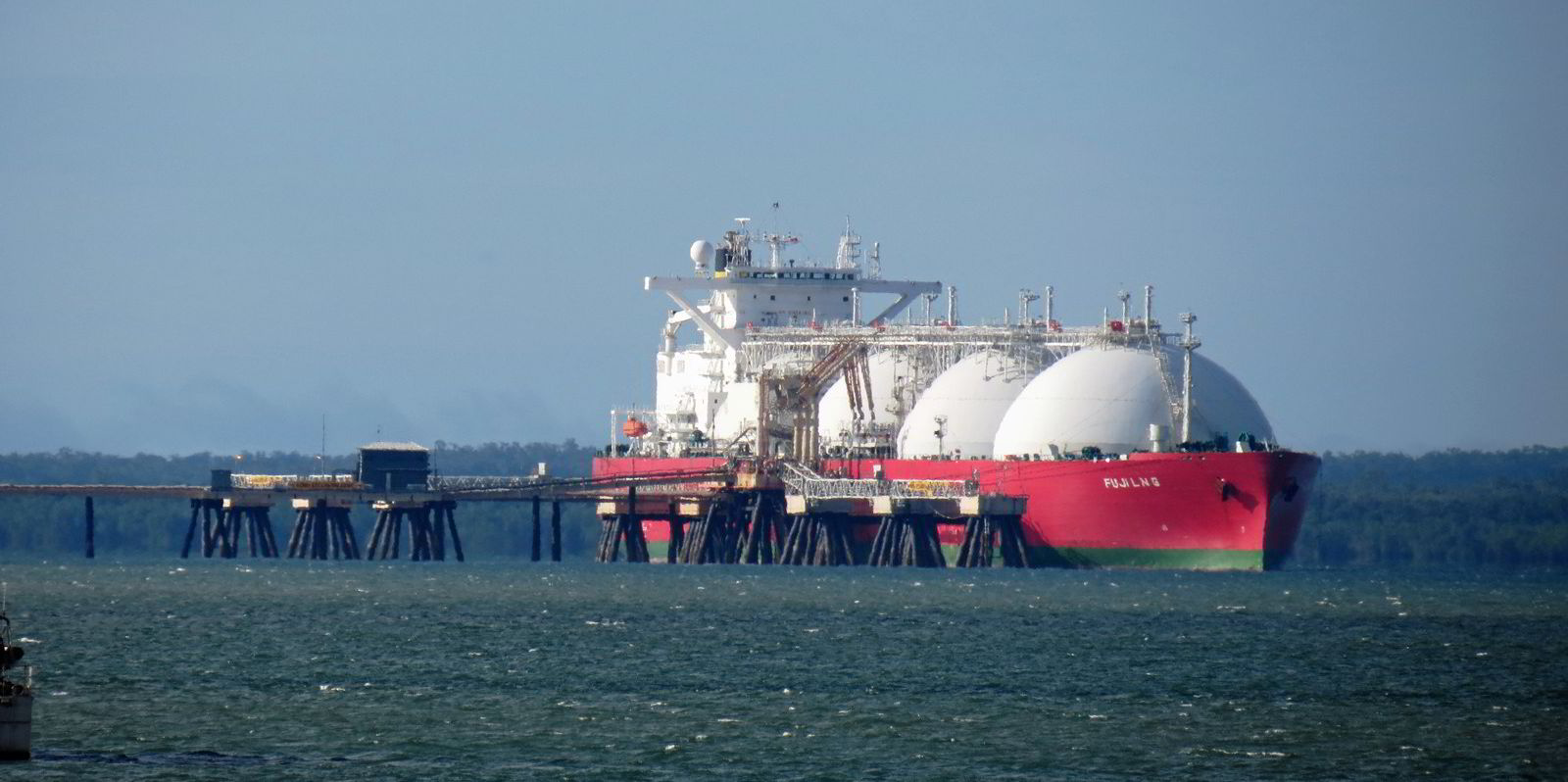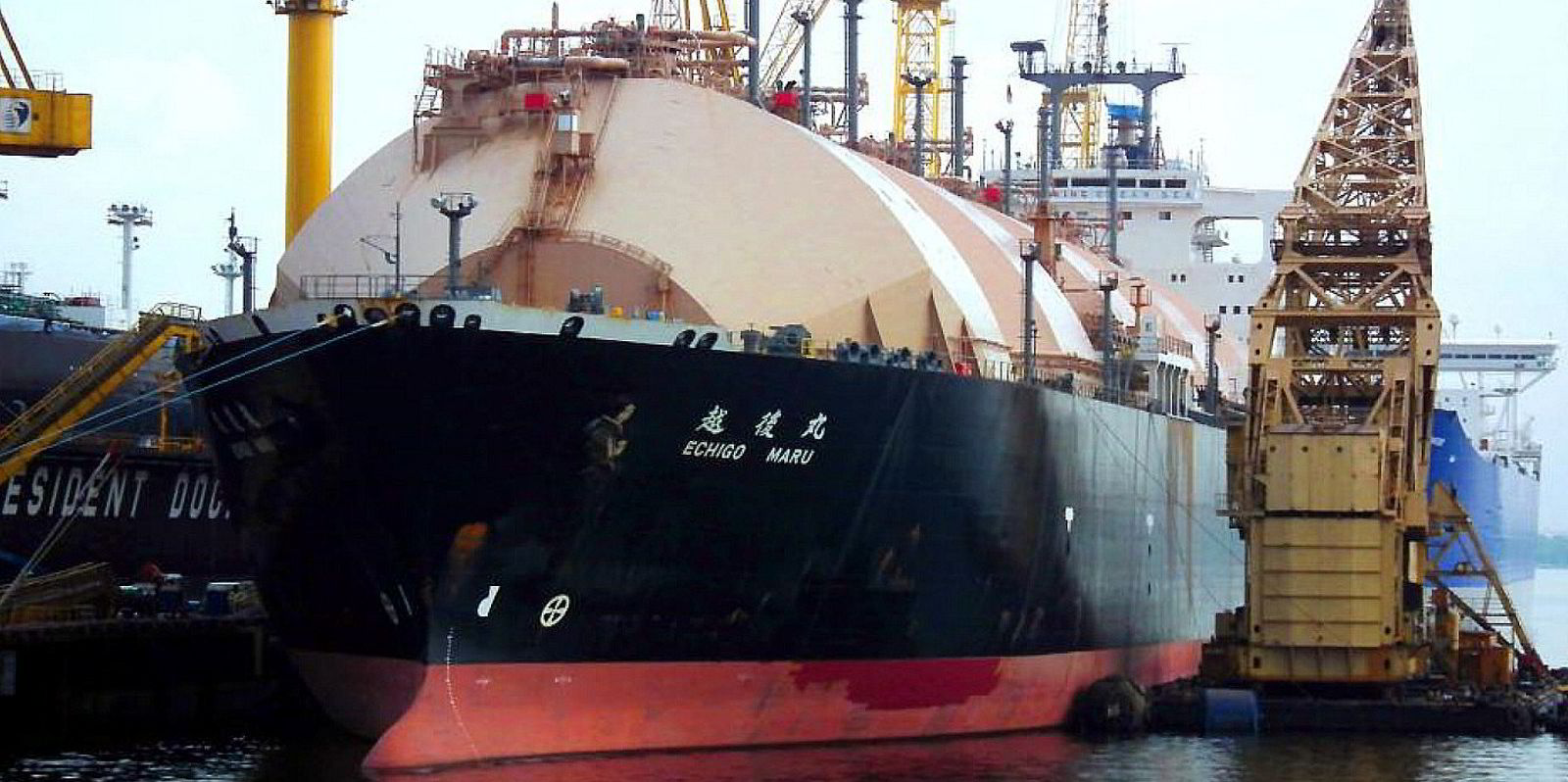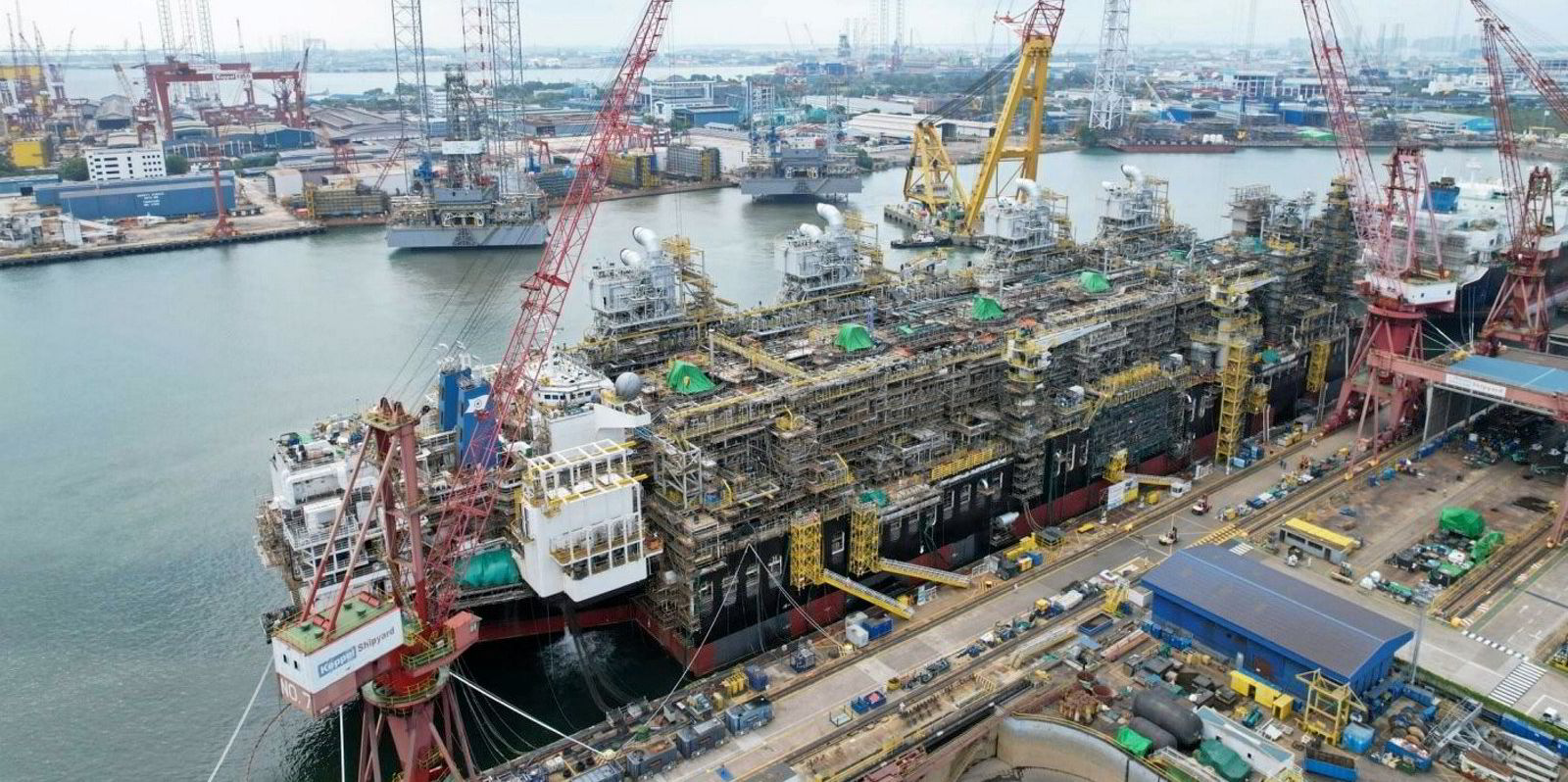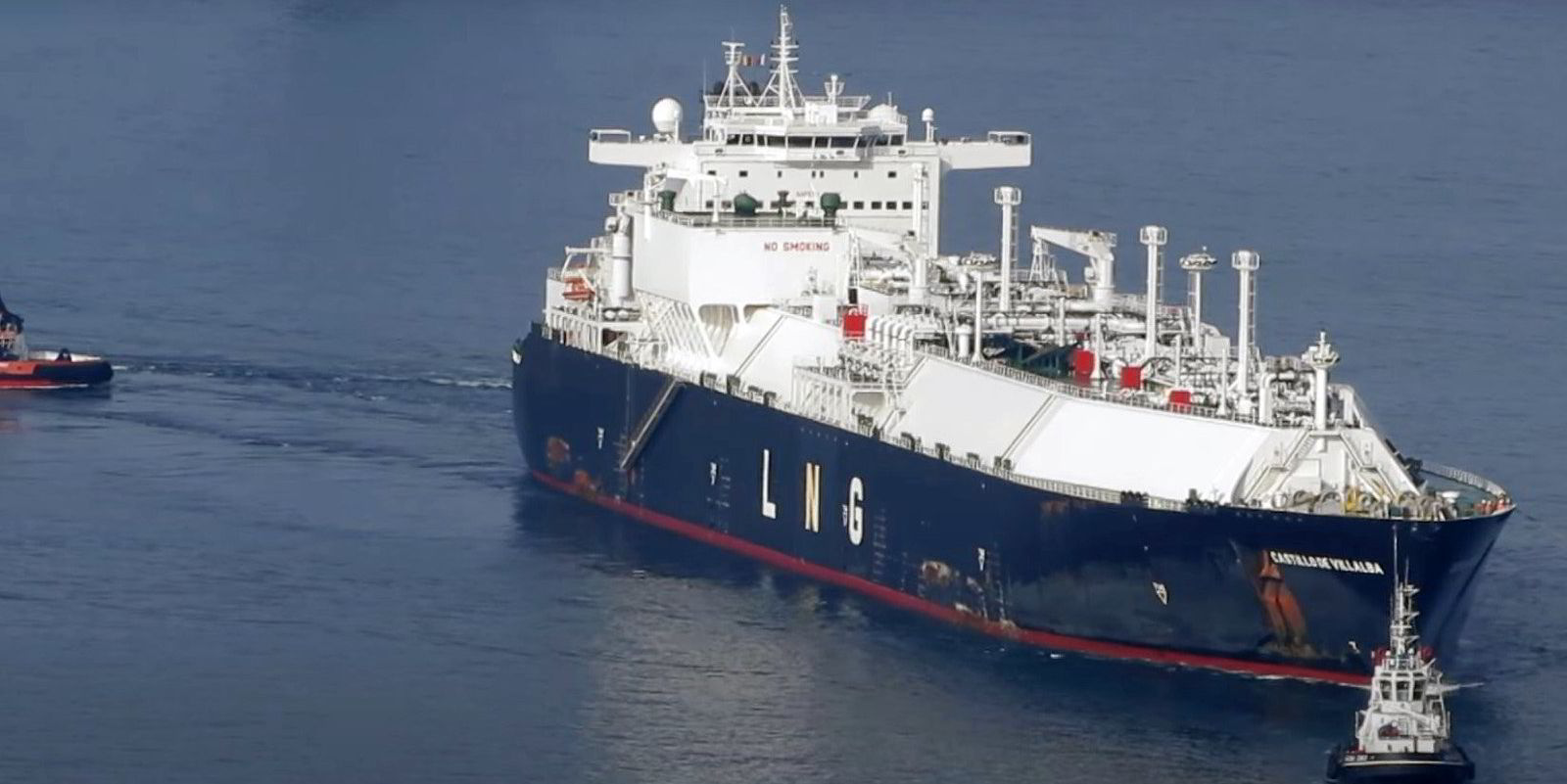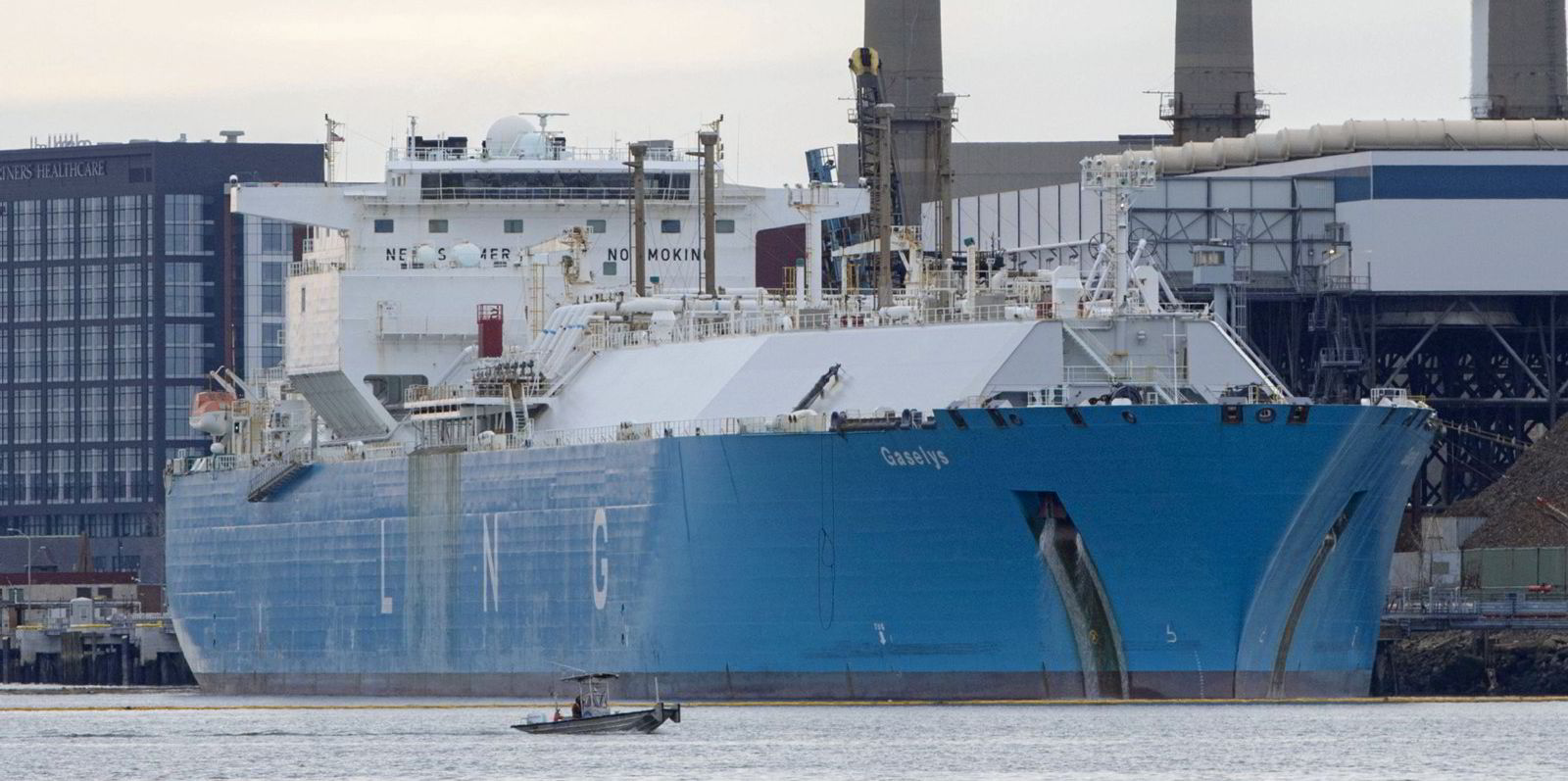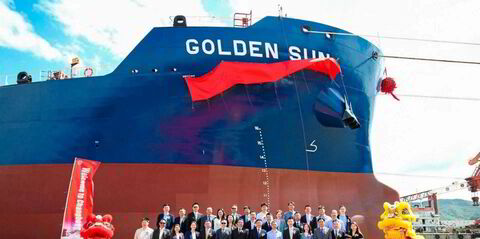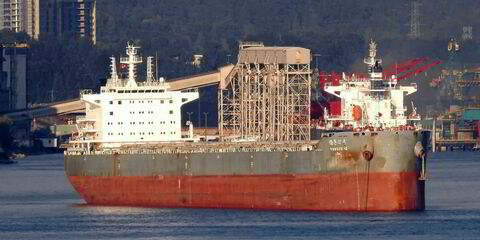Sales of secondhand LNG carriers are booming — in relative terms that is.
From what had traditionally been something of a rare oddity, 2022 witnessed a rash of business that included newbuilding resales, the disposal of Russian-owned tonnage and the first signs of some shipowners starting to weed out older steam turbine ships from their fleets.
Twenty-four LNG carriers were bought and sold in deals totalling more than $4bn, making it what market players said was the busiest year on record for the sale of newbuildings and secondhand vessels.
So far in 2023, at least nine LNG carriers have been sold for prices that total up to over $497m.
They include 2023’s first two sales of LNG carriers for demolition.
The remaining seven sales include a mix of tonnage, ranging from two small-scale LNG carriers priced at under $30m each to a 10-year-old tri-fuel diesel-electric (TFDE) vessel that attracted a six-figure sum as a potential conversion candidate.
There has also been movement on steam turbine tonnage, with the 154,982-cbm Trinity Arrow (built 2008) heading to Chinese trader Jovo and MISC offloading its 21-year-old, 137,489-cbm Puteri Intan Satu (built 2022) to Capital Gas.
Brokers said prices are firming for both steamships and their dual-fuel diesel-electric (DFDE) and TFDE cousins.
For steam turbine ships, capacity and condition are key price-setting factors, with the larger 150,000-cbm vessels attracting higher levels than 138,000-cbm carriers.
Golar LNG’s agreed price of $77.5m on a 19-year-old vessel — named widely as the 149,172-cbm Fuji LNG (built 2004) — was described as “punchy” by one market expert, who also pointed out that the buyer was specifically looking for a large Moss-type ship, so was limited in its choice of vessels.
TFDE and DFDE vessels are also attracting higher prices.
Brokers said the ongoing firm period market has mopped up almost all modern two-stroke tonnage of 174,000 cbm to 180,000 cbm with the number of open vessels remaining in single figures. In addition, LNG newbuilding berths for 2026 have evaporated, with shipyards playing hardball on price — the last concluded deal priced the ships at $255m — for the limited slots available for 2027 deliveries.
This is pushing charterers to seek out the larger and most efficient TFDE and DFDE tonnage, one said.
Market players also observed that there is just a hint of asset play starting to emerge.
As TMS Cardiff Gas apparently agreed on a sales deal with Golar LNG on a Moss-type vessel for conversion to a floating production unit, the Greek owner is said to have bought a ship that is two years younger and over $20m cheaper than the one it has agreed to sell.
Market talk had also indicated that the former MISC ship, which has been fitted with a ballast water treatment system, renamed Trader III and is being put through special survey, is already back on the market at $10m more than for what it was sold. But later reports indicated the buyers are still planning to trade the vessel.
The unusually frisky LNG carrier sales market is expected to remain active in 2023 as shipowners increasingly turn their attention to fleet renewal in the face of tougher emissions regulations.
The unusually frisky LNG carrier sales market is expected to remain active in 2023 as shipowners increasingly turn their attention to fleet renewal in the face of tougher emissions regulations
Sales talks are believed to be close to concluding on TotalEnergies’ last remaining owned LNG carrier, the 154,472-cbm LNG Alliance (ex-Gaselys, built 2007), which is co-owned with NYK Line.
Last month, TradeWinds reported that Elcano’s 138,000-cbm steam turbine vessel Castillo de Villalba (built 2003) has been put up for sale by its financier, Santander, in advance of ending the Spanish tax lease on the ship.
Market chatter continues to circulate about the possible sale of some of Nigeria LNG’s steamships and Sovcomflot’s 174,100-cbm SCF La Perouse (built 2020), which was redelivered early to the Russian owner by its energy major charterer in 2022.
There are whispers of other vessels, particularly steamships, being groomed for possible sale with some of the more vintage among them earmarked for possible recycling.
But there is also a raft of import and production projects that may yet deploy some of the older LNG tonnage, either as storage units, some in combination with regasification units, or as conversion candidates.
| Ship | cbm | built | Owner | Buyer | Price |
| Puteri Intan Satu | 137,489 | 2002 | MISC | Capital Gas | $35m |
| Seapeak Unikum | 12,000 | 2011 | Seapeak | Titan | $25m+ |
| Seapeak Vision | 12,000 | 2011 | Seapeak | Titan | $25m+ |
| Trinity Arrow | 154,982 | 2008 | Shoei Kisen | Jovo Group | $60m |
| Seapeak Arctic | 89,880 | 1993 | Seapeak | Demolition cash buyers | $15m** |
| Golar Seal | 160,000 | 2013 | CoolCo | Hoegh LNG | $184.3m |
| Golar Athens | 145,000 | 2006 | GasLog | TMS Cardiff Gas | $55m |
| Fuji LNG | 149,172 | 2004 | TMS Cardiff Gas | Golar LNG | $77.5m* |
| Adriatic Energy | 126,911 | 1983 | Sinokor Merchant Marine | Demolition cash buyers | $21m+** |
| LNG Alliance | 154,472 | 2007 | TotalEnergies/NYK | Sinokor Merchant Marine | $68m*** |
| GasLog Sydney | 155,000 | 2013 | GasLog Partners | China Development Bank Leasing | $140m*** |
*sale agreed at this price and $5m deposit paid. Due for completion on delivery of vessel in Q1 2024
** sold for recycling
*** sale and charter back deal
